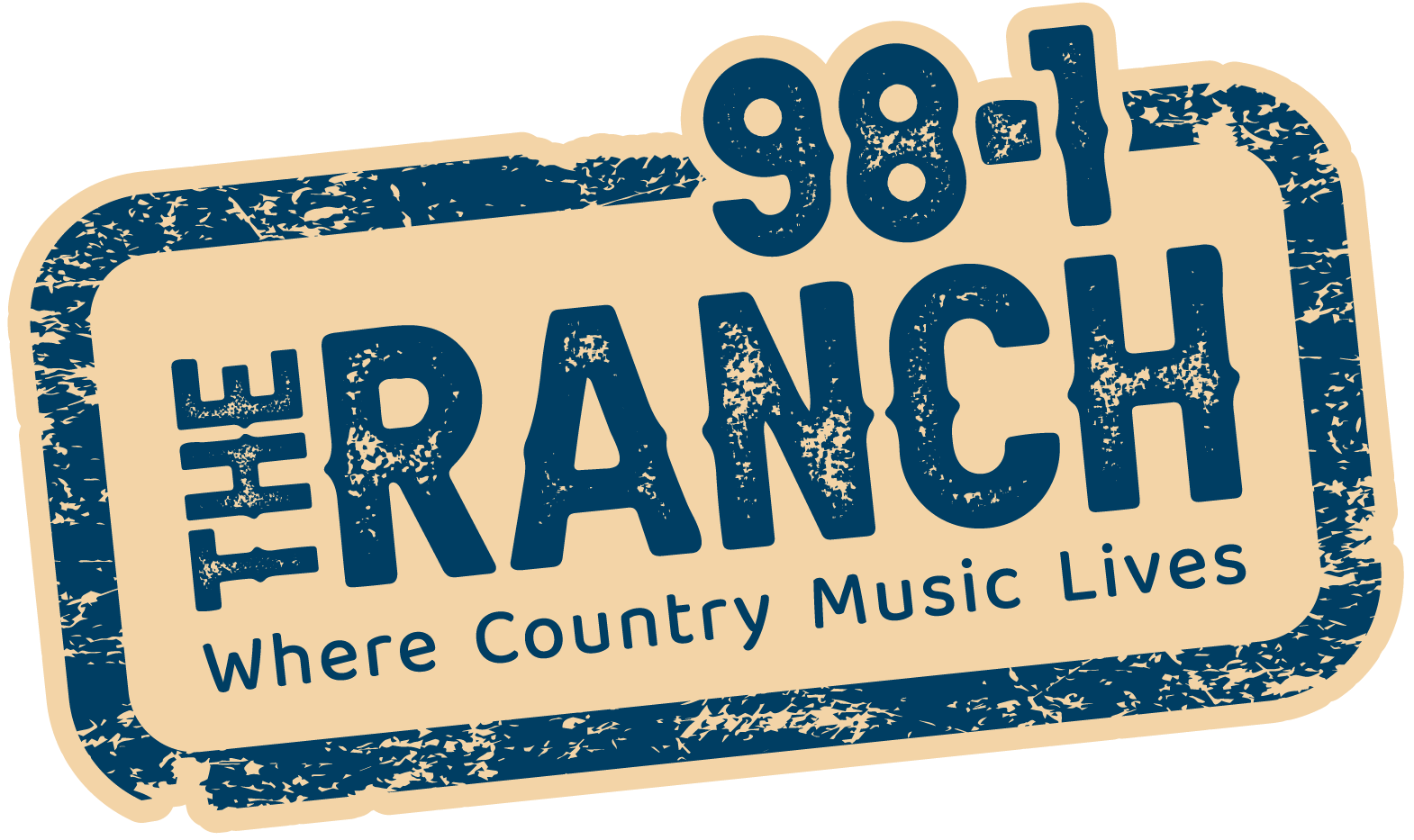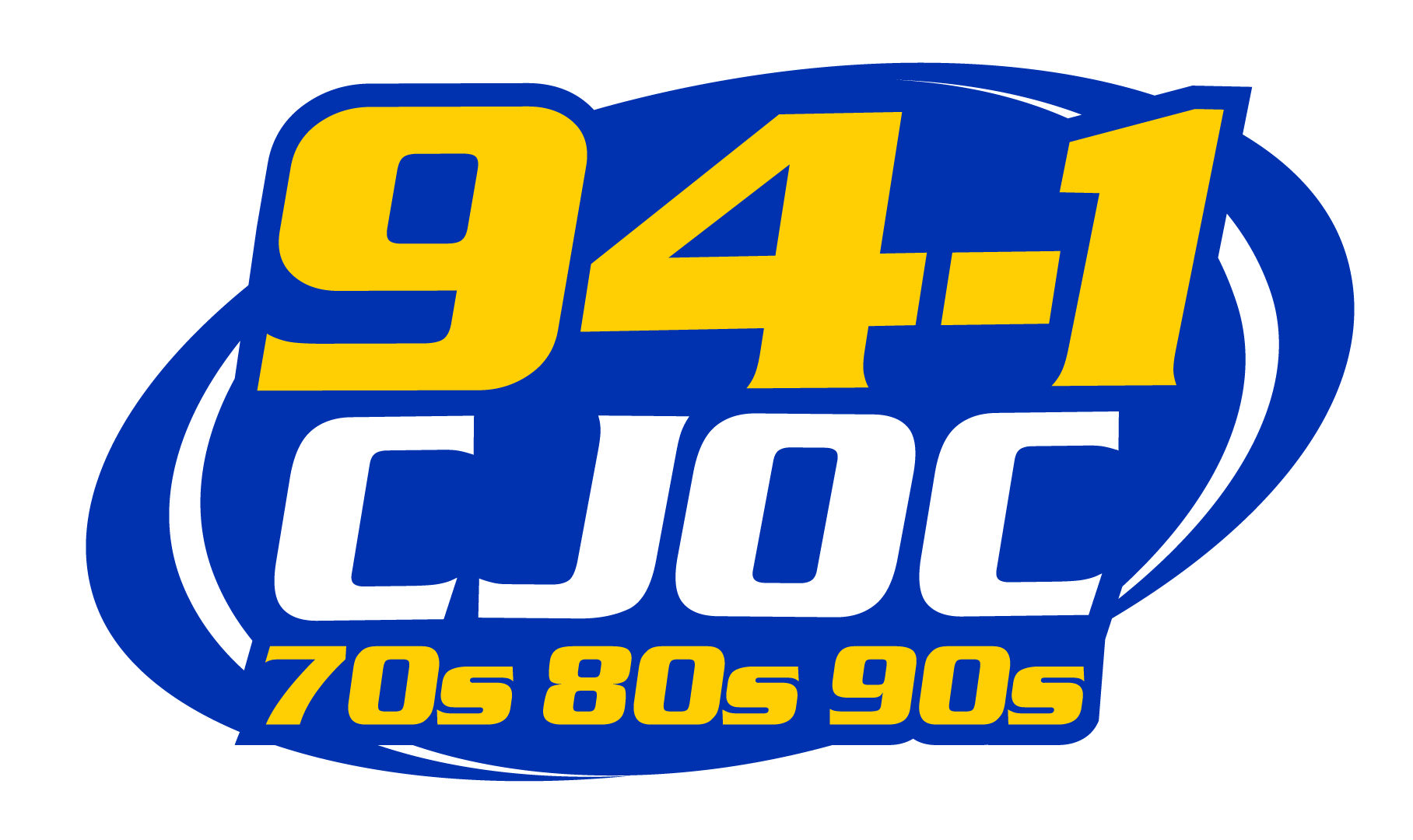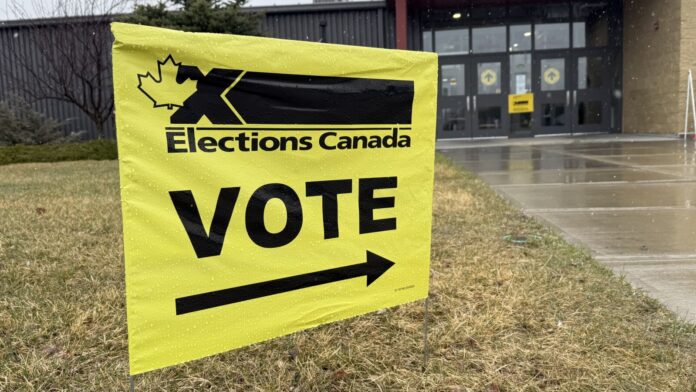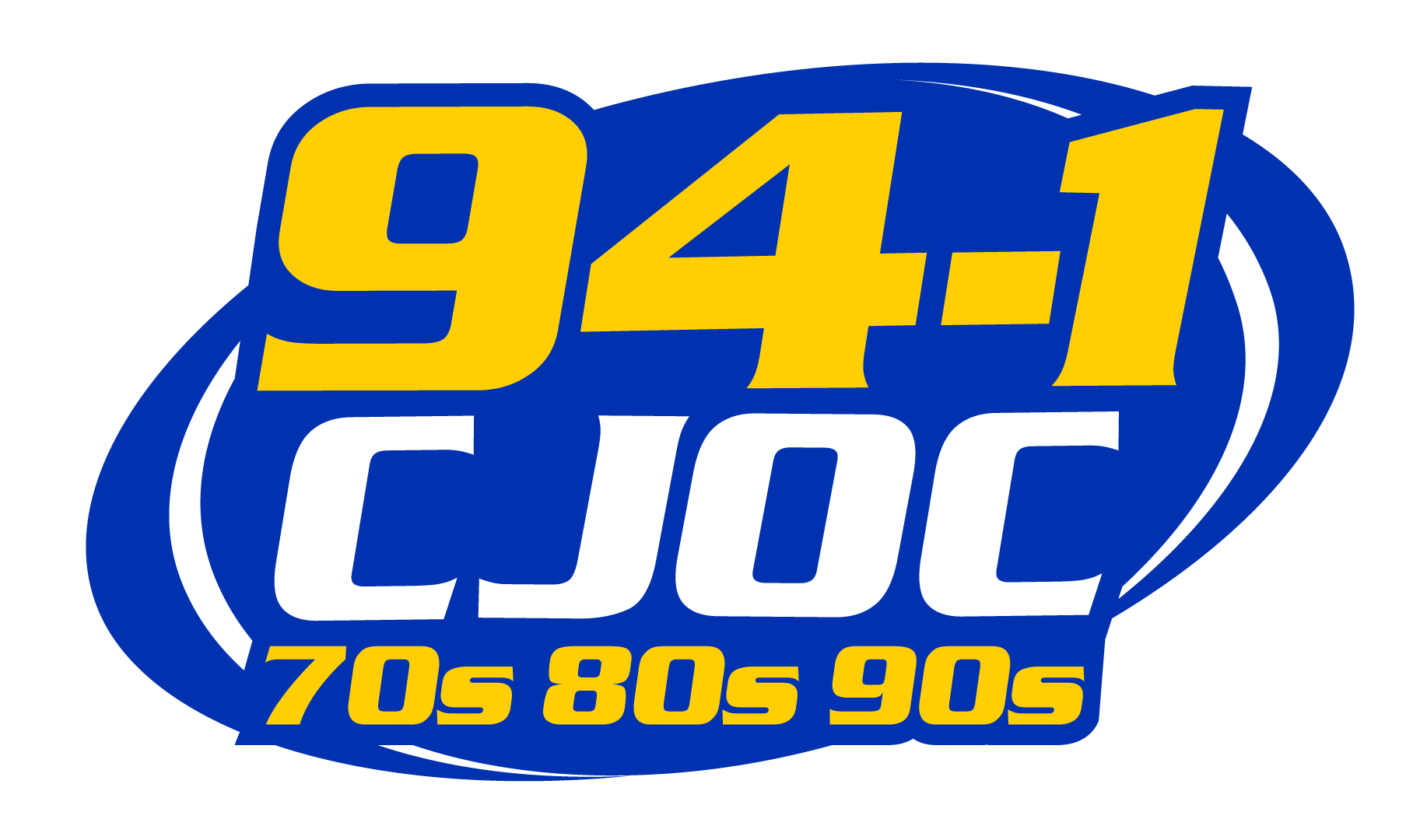What does it mean to vote and questions about national sovereignty are some of the questions canvassers of a non-partisan organization are hearing when they are out helping young voters make a plan to hit the polls.
Executive Director of New Majority Amanda Munday explains that the organization uses face-to-face conversations with young voters to help educate them to head to the polls. However, ongoing conversations in the media and on social media about strengthening democracy or Canadian sovereignty have sparked what she says in conversations unique to this election.
”Our canvassers have really had to start right from the beginning in addressing what voting means and how your voice counts and then why it’s important in this election in particular because Gen Z’s and Millennials are the electoral majority for the first time in decades that we absolutely are in a situation where young people can be the deciders of who is elected but we need them to show up,” Munday states.
New Majority canvassers have these one-on-one conversations with those who Munday describes as unengaged, which are sparked by the question “Do you know an election’s happening?” She explains those who answer yes are not their target audience.
“We want to and we do make a concerted effort to talk to everybody who says, I don’t really know anything about this, I’m not really sure if I’m gonna vote, I don’t think I’m eligible or no, I have no idea what you’re talking about.”
She explains this leads to conversations where canvassers can the individual make a plan to vote by helping them look up their voting location or polling station on the elections.ca website, figuring out how to get to the station and even encouraging them to reach out to friends to schedule a time to go vote together. Munday says so far this election cycle New Majority has received 50,000 vote commitments across Canada through these conversations, meeting the original goal they set out for at the beginning of the election and Munday says she expects the goal to be exceeded by the time the polls close on election day.
“We found and lots of research has shown with Get Out the Vote programs that the more specific your vote plan is the more likely that is to turn into an increased vote versus just you know saying yep yep I’m gonna vote and then not actually voting.”
“We’ve measured the impact of digital campaigns to outright votes and it’s difficult to measure an awareness campaign to voter turnout right because who’s measuring whether you saw the social media ad and if that was the thing to get you out… But what we’ve seen from years of working elections and studying other get-out-to-vote campaigns is that you need to be clear about how, where and when you’re going to get to the polls because those are the barriers that even if somebody sees a social media post that says that they should vote. If those barriers aren’t cleared up the unengaged or the anxious or the first-time voter is unlikely to get there.”
Munday explains by physically being there in person and having a conversation with someone you know they are now getting the information and are aware. This is something digital adds can not guarantee to do because of social media companies such as Meta blocking news links in Canada and the algorithm not showing that content to users who are not actively engaging in politics, the news, elections or following the candidates online. This is also part of why the organization chooses to work in places where we know there’s low voter turnout and a high percentage of youth, such as campuses, coffee shops and Malls.
“The canvassers are trained no one walks by you you ask everybody and if somebody tells us they’ve already voted then we high-five them and say thanks and they move on and it’s just trying to get to everybody who doesn’t know and to make sure we get as many as many people to the polls as we possibly can,” she says. “It’s not to say digital doesn’t have a place it does I mean we’re on social media and Elections Canada is doing a good job with digital but they also are doing lots of in-person interactions, they’ve got pamphlets and they support different non-partisan groups who are trying to do in-person community-based outreach because it’s important to talk to everybody.”
Munday shares an example of how this method has worked is the 2023 Alberta Provincial Election, where the organization canvassing teams had 208,107 conversations, which by election day resulted in 10,050 people having made a commitment or plan to vote and 7,205 of them committed to reminding more than 20,000 of their friends to vote.







